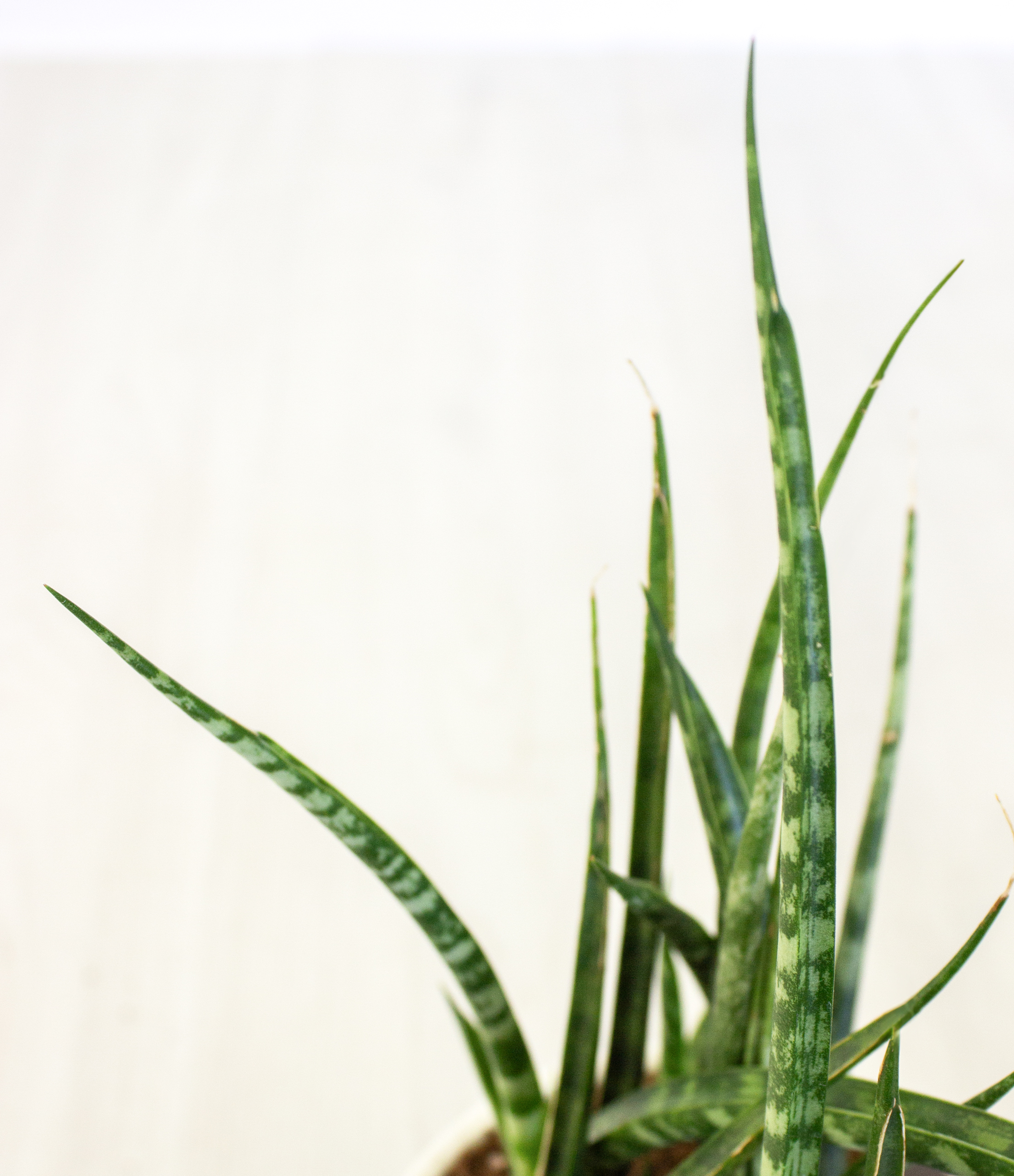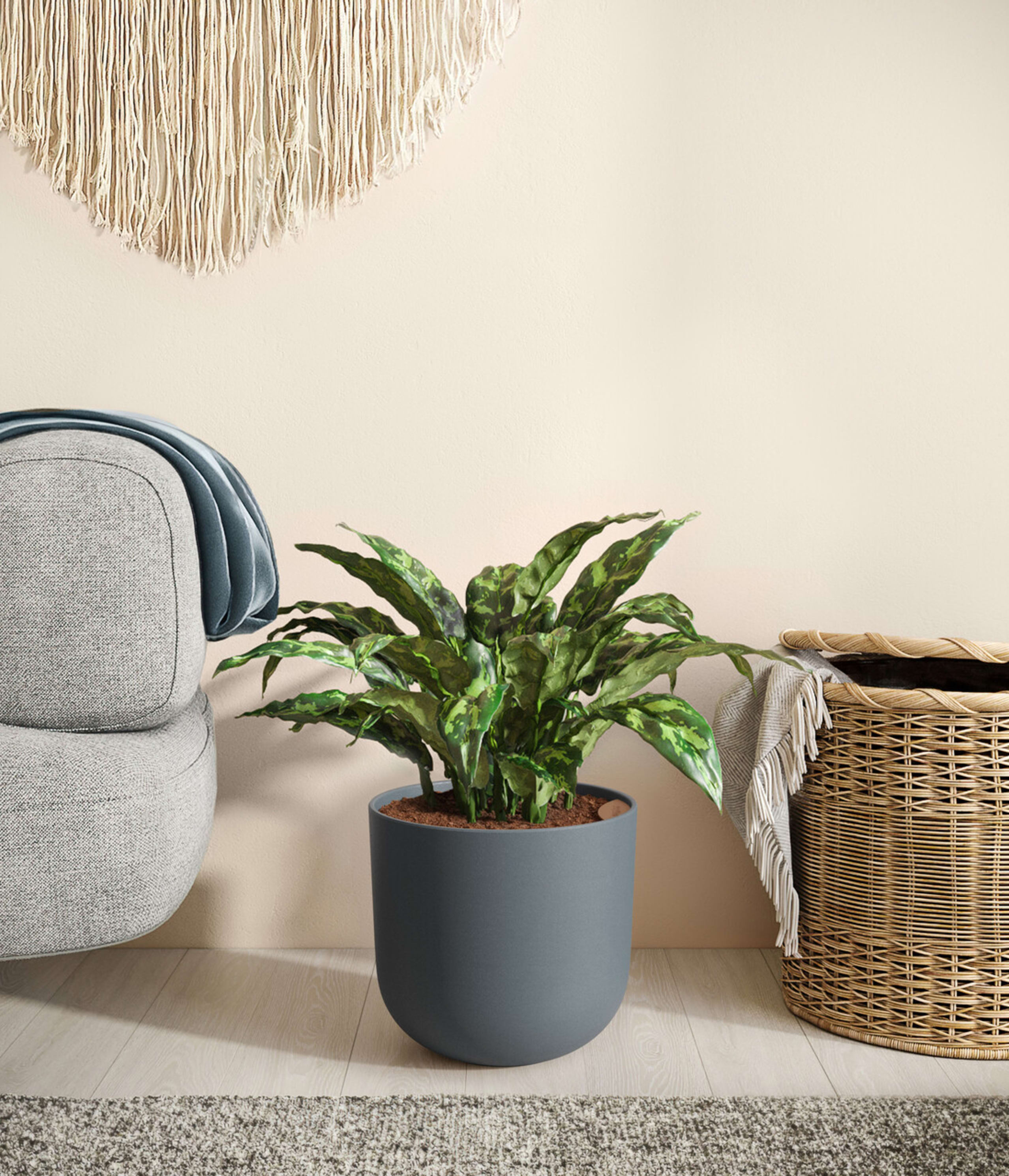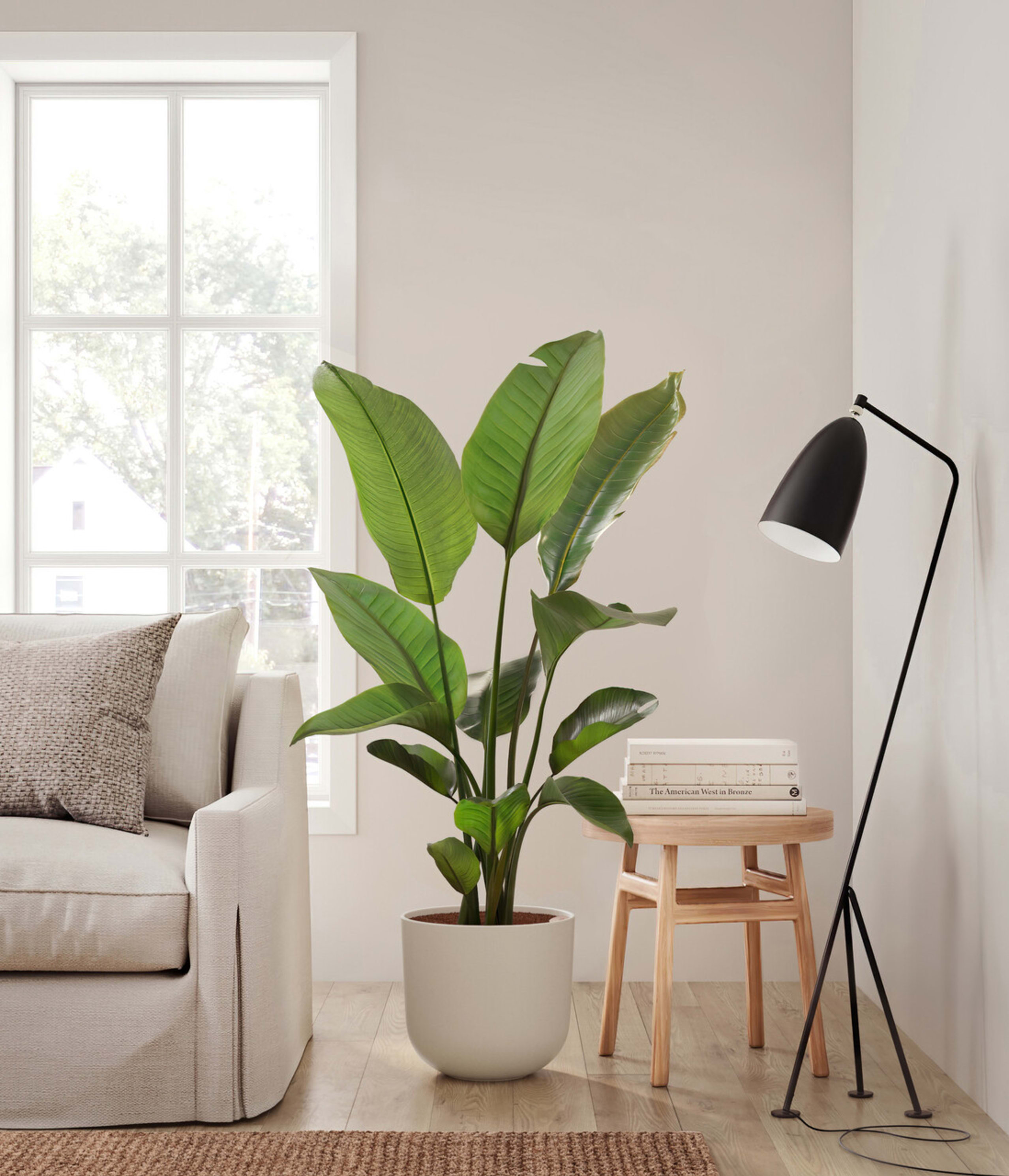How to Care for Sansevieria Cylindrica
About Sansevieria Cylindrica
Embarking from the diverse landscapes of Africa, the Sansevieria Cylindrica, or African Spear Plant, brings a subtle yet compelling allure to any space with its upright, cylindrical leaves. These leaves, gray-green and subtly striped, seem to pierce the air with a gentle yet persistent vigor, symbolizing a quiet, steadfast growth. Noted for its low-maintenance demeanor and a kind tolerance for occasional neglect, this plant intertwines hardiness with aesthetic charm. In bloom, it presents a long flower spike, where tiny, delicate white flowers emerge as gentle contrasts to its bold, architectural foliage.
Other common names
- Sansevieria cylindrica Bojer ex Hook
- Common Spear Plant
- African Spear Plant
- Spear Sansevieria
- Dracaena angolensis
How Often Should I Water My Sansevieria Cylindrica?
With easyplant, watering your Sansevieria Cylindrica is easy - just check the easyplant reservoir once every two months, making sure it's completely empty prior to refilling it, and you're all set! Your plant will thrive with this consistent, hassle-free watering method, keeping those striking cylindrical leaves in tip-top condition.
Sansevieria Cylindrica Light Needs
Sansevieria Cylindrica grows best in a well lit space with medium to bright light and can adapt to low light or spaces without natural light as well.
While Sansevieria Cylindrica appreciates being placed in well-lit spaces, it is remarkably tolerant and can persist in less-than-ideal light settings, continuing to grow albeit at a slower pace. It is one of those rare plants that is almost indifferent to its light source, providing ease for indoor plant enthusiasts to place it in various locations around their home or office. However, to promote optimal health and vitality, offering a consistent source of medium light will enhance its growth and maintain the vivacity of its cylindrical, spear-like leaves. Be cautious of exposing it to prolonged direct sunlight, as its leaves can become scorched under such intense conditions. Thus, maintaining a balance in lighting—enough to nurture but not to harm—is key to seeing your Sansevieria Cylindrica thrive.
Sansevieria Cylindrica Plant Care
In the first few days of your Sansevieria Cylindrica at home, its upright, cylindrical leaves may undergo slight changes. This is a normal and healthy part of the plant adjusting to its new environment and not a reason for concern. Often referred to as the African Spear Plant, the Sansevieria Cylindrica is recognized for its uniquely architectural leaves and the ease with which it integrates into various interior design schemes. To assist it in growing optimally and evenly, make it a practice to dust its elongated leaves and rotate the pot by a ¼ turn every month. This ensures every spear gets its fair share of light, growing uniformly, and maintaining the aesthetic appeal of its tall, straight leaves. Despite its elegant and refined appearance, the Sansevieria Cylindrica is forgiving and adaptable, swiftly recovering from any care mishaps and continuing to purify your indoor air with its vibrant leaves. This user-friendly plant enhances your space with a sculptural, organic presence while quietly working to keep your air fresh and clean.
How Big Do Sansevieria Cylindrica Plants Grow?
The Sansevieria Cylindrica, or African Spear Plant, gracefully combines upright, subtly striped, gray-green leaves with a remarkably low-maintenance care routine. Boasting a potential height of 4-6 feet and a spread of 1-2 feet, this slow-growing succulent can surprise growers with an occasional delicate white flower spike amidst its sturdy spears. It’s a patient grower, gradually reaching toward its full height over several years while maintaining a consistent, streamlined appearance. Ideal growth encompasses a balance of bright, filtered light and a well-regulated watering schedule, ensuring the sandy, well-draining soil it prefers remains moist but not soggy. Whether exhibited in a compact form or allowed to stretch toward its maximal stature, the Sansevieria Cylindrica offers an easygoing yet architecturally striking presence, slowly unfolding its spear-like leaves in a tranquil display of nature's unhurried pace.
Temperature & Humidity
Embodying the sturdiness of its desert origins, the Sansevieria Cylindrica is notably adaptable when it comes to humidity levels, appreciating conditions anywhere from 40% to 60%. In its natural habitat, the semi-arid regions of Angola, this unique plant has adapted to handle periods of drought, hence lower humidity levels are well-tolerated. While the Cylindrica appreciates a boost in humidity, it's not particularly fussy and does not demand heightened moisture levels. Nevertheless, ensuring that it’s not placed in overly dry conditions, particularly during winter when indoor heating can sap indoor air of its moisture, can contribute to its optimal growth and vitality.
Are Sansevieria Cylindrica Plants Toxic for Pets & Kids?
Sansevieria Cylindrica may be moderately toxic if ingested, so be sure to keep away from curious children and pets. The plant contains saponins, subtle but active compounds that can lead to a variety of discomforting symptoms such as nausea and diarrhea upon ingestion. In instances of unintentional consumption or any sign of an adverse reaction, consulting a healthcare professional or a veterinarian is advised.
Troubleshooting Common Problems with Sansevieria Cylindrica
If you notice the cylindrical leaves of your Sansevieria Cylindrica starting to yellow, make sure you're adhering to the easyplant watering guidelines, filling the water reservoir once every two months and ensuring it’s empty before refilling. For persistent yellowing, consider relocating to a slightly sunnier spot, ensuring it's not subjected to direct sunlight. For non-easyplant users, a reassessment of your watering routine might initiate a positive shift, keeping in mind that Sansevieria Cylindrica appreciates being on the drier side. If you observe your Sansevieria Cylindrica’s leaves becoming weak or droopy, consider assessing the plant’s environment for any stress factors, such as drastic temperature changes or exposure to drafts, and adjust as needed to provide a stable environment. If you notice spots or unusual textures on the leaves of your Sansevieria Cylindrica, it's worthwhile to check for pests. Simply inspect underneath the leaves and along the stems for any small, crawling creatures or subtle, silky webbing. A gentle wipe of the leaves with a damp cloth can often address minor issues, and maintaining a routine leaf check keeps your plant looking its best.
Frequently Asked Questions about Sansevieria Cylindrica Plant
- Does Sansevieria Cylindrica need sunlight?
Sansevieria Cylindrica thrives in bright, indirect sunlight but is highly adaptable and can grow in low light conditions as well. For best results, place it in a spot where it can receive a few hours of indirect sunlight daily.
- Does Sansevieria Cylindrica bloom?
Yes, Sansevieria Cylindrica can bloom, especially when kept under optimal conditions. It produces spiky white or lavender flowers, although flowering is rare and typically occurs in mature plants during the summer.
- Is Sansevieria Cylindrica an indoor plant?
Yes, Sansevieria Cylindrica is an excellent indoor plant due to its low maintenance and adaptability to a variety of lighting conditions. It's known for its air-purifying qualities, making it a popular choice for home and office spaces.
- Is Sansevieria Cylindrica poisonous?
Sansevieria Cylindrica contains saponins, which can be poisonous if ingested. It's advisable to keep the plant out of reach of pets and children to prevent any accidental ingestion, which could lead to nausea, vomiting, or diarrhea.

 Small Plants
Small Plants Medium Plants
Medium Plants Plants Collections
Plants Collections Large Plants
Large Plants Huge Plants
Huge Plants